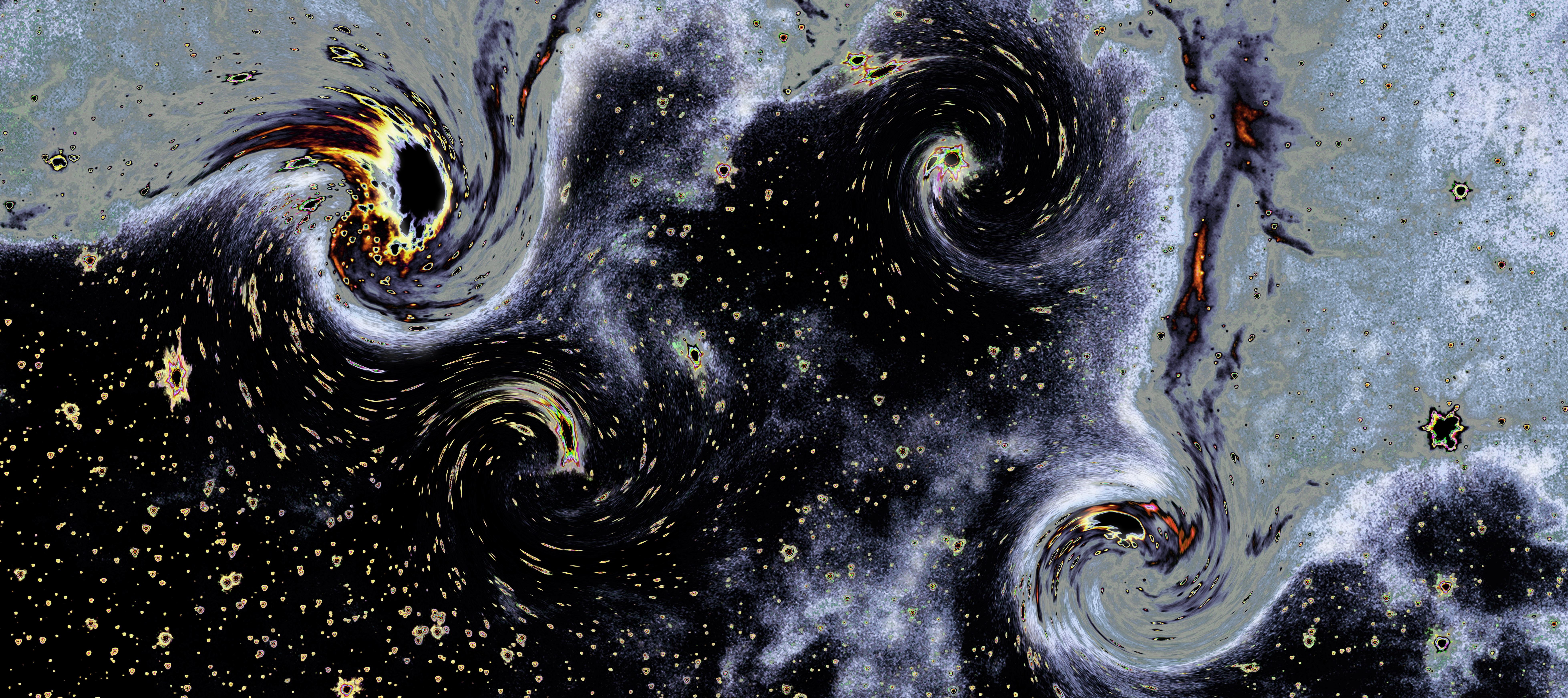
October 6, 2012, by Brigitte Nerlich
Images and visualisations: Technology, Truth and Trust
This is a GUEST blog by Andrew Balmer (University of Manchester):
I recently co-chaired (with Brigitte Nerlich and Annamaria Carusi) an ESF conference on visualisation, hosted by the University of Linköping but actually held in Norrköping, Sweden. It went swimmingly, with a variety of interesting and instructive presentations and posters, from philosophers, sociologists, anthropologists, nanoscientists, astronomers, clinicians, modellers and academics from a variety of other disciplinary backgrounds. We also had contributions from artists and designers, who provided an enlightening and importantly different take on the way in which representations of/in science are produced, circulated and used.
You can see the final programme here.
There were too many participants to name them all, and I don’t think I could really choose the ‘best’ as it were. But here are some of the themes that we addressed over the course of the week.
- Images and bodies: Visual representations of various aspects of human and animal bodies, from the brain to arteries and from unicorns to monsters, the epistemological challenges posed by such images, the problems they pose for public participation in science and the issues around their use in medical practice.
- Images between bodies: Issues around the use and interpretation of images between practitioners, such as radiographers and radiologists, doctors and patients, novice scientists and mature experts, scientific communities and lay communities.
- Maps and mapping: From brain images to landscapes, GIS and google maps, from the quantum level to quasars, again the problem of how these maps function within and across expert and lay communities was important, but so was the concept of ‘mapping’ as process.
- Scales of images and beauty: The issue of the aesthetic quality of images of various scales and what makes a ‘good’ image, who decides when it is ‘good’ and for whom, and in what context.
- Images and colour: This was a recurring topic, especially the question of why grey-scale images seem to be ‘better’ or more trustworthy than colour images, as well as the question of so-called ‘false’ colour; a debate about this topic carried over into an lively email discussion after the conference which is still on-going
- Images and ethics: Issues around truth and trust were discussed with relation to representations, for example in how astronomical images are used for public outreach and how engaging publics depends on images that attract attention. We discussed whether there was an ‘ethical’ balance between beauty and truth and how that was negotiated in practice.
- Images and epistemology: Here the thorny topic of ‘representation’ was crucial. Much of the discussion was concerned with escaping an extreme relativism or a naïve realism when thinking through the relation between an image and reality, between an image and our knowledge of reality, especially with relation to phenomena that are by definition invisible, i.e. below the wavelength of light for example.
- Images and the constitution of social facts: We explored how representations were used in the constitution of the self through brain imaging or pain mapping, and the significance of documentary photography for famine in India during British colonialism.
Overall, it was fascinating and there was a lot of will to continue our interactions in the future. We’re hoping to set-up a visualisation and science wiki, and I’ll post on that in the future. In the meantime, we have an email list and if anyone would like to be added to it, then do let me know.
Image courtesy of Mette Høst: Poster created for the Theoretical Particle Physics and Cosmology group at the Niels Bohr Institute, University of Copenhagen
No comments yet, fill out a comment to be the first

Leave a Reply